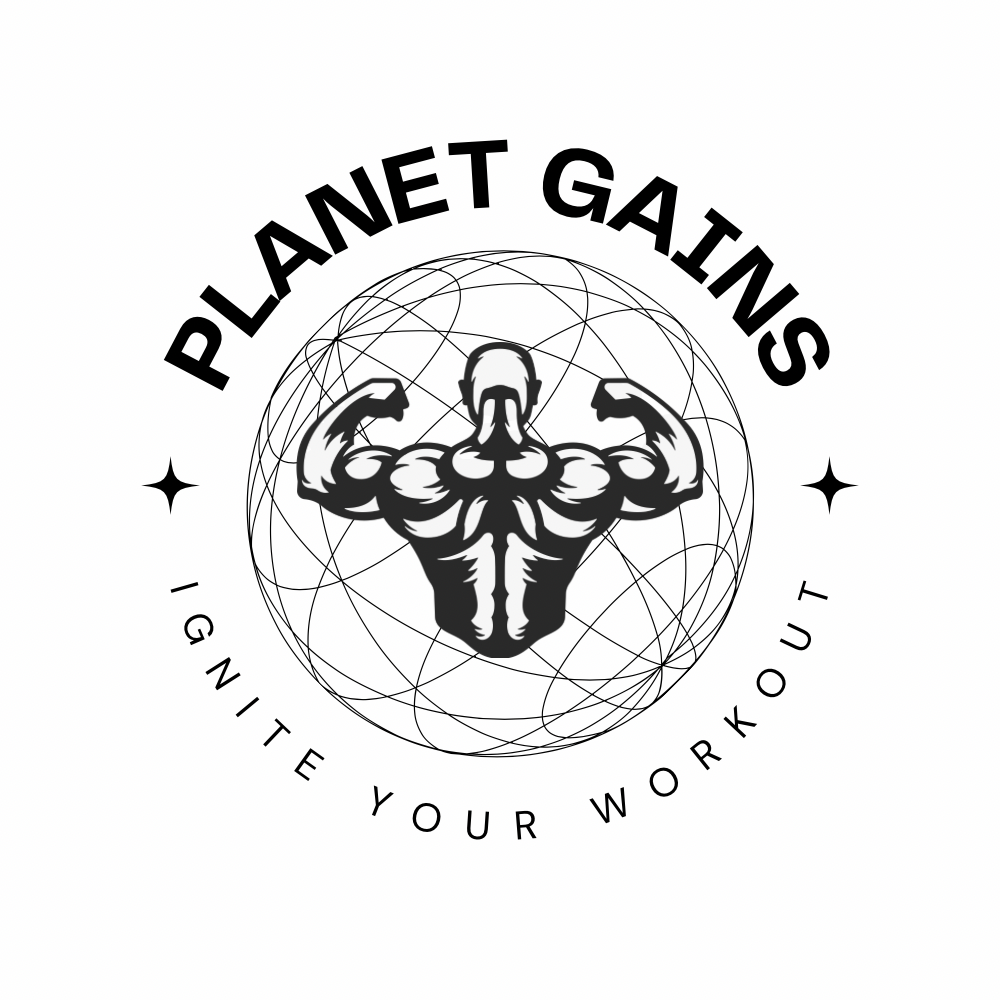📦 FREE Shipping
What Muscles Does Cycling Tone? Benefits for Your Body 2024!

Cycling is one of my favorite ways to stay fit and keep my energy levels soaring. You might ask: What Muscles Does Cycling Tone? It’s more than just a means of transport or a weekend hobby; it’s a comprehensive exercise that targets multiple muscle groups.
Pedaling away, I can feel the workout it delivers to my lower body, particularly my quadriceps, hamstrings, calves, and glutes. The result is not just powerful legs, but also a well-toned lower body that’s as strong as it looks.

When I’m on the bike, maintaining my balance and posture calls for a surprising amount of work from my core muscles. Instead of just building leg strength, I’m also toning my abdominal wall, which is essential for that overall body stability and strength. And let’s not forget the arms and shoulders, which get their fair share of the action as I grip the handlebars and maneuver through different terrains.
The health benefits of cycling can’t be overstated. It’s a fantastic cardiovascular workout that gets my heart pumping and burns calories, all while I’m enjoying the scenery. Muscle toning, enhanced stamina, and improved joint mobility are just the icing on the cake. For me, cycling is the ideal blend of fun and fitness, keeping my muscles engaged and my spirits high.
Core Muscle Engagement
I find that one of the fantastic benefits of cycling is how it engages and tones the core muscles. For optimum performance and safety, it’s essential to understand how cycling activates these muscles, contributing to stability and posture.
Stabilizing Core Muscles
Engaging my core while cycling is crucial to stabilizing my ride. The core muscles, which include the rectus abdominis, obliques, and deeper muscles such as the transverse abdominis, form a solid base of support for my body. By keeping these muscles tight, I ensure that my pedaling is efficient and that I’m protected against lower-back strain. It’s quite amazing to feel how the abdominal wall serves as a powerhouse that fuels my cycling, giving me the ability to maintain a strong, steady pace.
Posture and Balance Improvements
Cycling also significantly boosts my balance and posture, thanks to the core muscles being engaged. A good posture on the bike is characterized by a straight back and slightly leaned forward position, which requires active core support. When I’m on the bike, maintaining this posture ensures that I’m not only working my leg muscles but also continuously engaging my abdominals. This constant activity helps to strengthen the muscles, leading to better balance when I’m cycling, and it carries over into my daily life, granting me an improved overall posture.
Lower Body Transformation

As a cyclist, I’m thrilled to take you through the transformative journey of your lower body muscles as they become stronger and more toned with each pedal stroke! Cycling targets key musculature in the legs, leading to enhanced strength and definition.
Quadriceps and Hamstrings
Quadriceps:
- Located at the front of the thigh.
- Engaged during the downstroke of the pedal cycle.
Hamstrings:
- Positioned at the back of the thigh.
- Activated on the upstroke, working in tandem with the quads.
These thigh muscles are fundamental in cycling, contributing to a powerful pedal stroke. Consistent cycling can lead to pronounced muscle growth and strength in both the quads and hamstrings.
Calves and Glutes
Calves:
- Calf muscles contribute to the push and pull during cycling.
- Essential for the stability and movement of the pedal stroke.
Glutes:
- Includes the gluteus maximus, one of the largest muscles in the body.
- Receives a solid workout as I push through pedals, particularly when I stand or sprint.
The synergy between calves and glutes not only powers my ride but also shapes and tones these lower body muscles. The results are stronger and more defined lower legs and a firmer behind, which I absolutely love!
Hip Movement and Strength
Hips:
- Key in maintaining proper cycling posture.
- Engagement helps in the effective transfer of power to the pedals.
I can feel my hip flexors at work as I maintain a fluid pedal stroke. Cycling promotes flexibility and strength in the hip area, which supports my overall leg function, enhances my squat performance, and can be a game-changer for other fitness activities. The transformation in my hip strength and endurance is fantastic, making me a more efficient and resilient cyclist.
Upper Body and Arms Conditioning
Cycling is not just a leg workout; it’s a fantastic way for me to tone my upper body and arms too! Through maintaining proper form and adding specific movements, I target and condition a variety of muscle groups above the waistline.
Arm and Shoulder Workout
When I cycle, my arms and shoulders get a solid workout from maintaining the handlebars and supporting my upper body. Here’s how I work each muscle:
- Biceps and Triceps: Shifting my body weight during rides challenges these muscles to maintain bike stability.
- Deltoids and Shoulders: These muscle groups are engaged when I maneuver and hold my position on the bike; they’re essential for steering and balance.
Back Support and Strength
My back is a core element in my cycling routine. Here’s what I focus on for support and strength:
- Upper Back and Deltoids: Providing support when I’m on the bike is key, and these muscles ensure I keep my posture in check.
- Resistance: The natural resistance against air when I’m riding, especially at higher speeds, forces these upper body muscles to work harder, leading to better muscle tone.
Systemic Health and Fitness Benefits
When I hop on my bike, I know I’m not just working out my legs, but I’m also giving a significant boost to my overall systemic health and fitness. Let’s get into how cycling specifically benefits cardiovascular health and aids in weight management.
Cardiovascular Enhancement
By engaging in regular cycling, I’ve noticed my heart rate increases, pumping blood more efficiently through my body. This consistent cardiovascular exercise has been key to enhancing my blood flow and stamina, which in turn has helped increase my endurance levels. I love how cycling puts moderate demands on my heart, gradually improving my cardiovascular system without putting undue stress on it.
- Increased heart rate
- Better blood circulation
- Improved stamina and cardiovascular endurance
Weight Management and Fat Loss
Cycling stands out to me as one of the most enjoyable fat-burning exercises. It’s incredible how it boosts my metabolism and accelerates weight loss. As I pedal away, my body shifts into a higher gear of calorie burning, particularly when I inject high-intensity bursts during my ride. Plus, cycling is a low-impact activity, which is gentle on my joints and makes it a sustainable exercise for long-term health benefits. Consistently integrating cycling into my routine has positively affected my body composition by increasing muscle mass and reducing body fat.
- Higher metabolism and accelerated fat loss
- Calorie-burning through sustained cycling and high-intensity intervals
- Positive changes in body shape due to reduced body fat
Frequently Asked Questions about what muscles does cycling tone?
I’m thrilled to share insights on how cycling can redefine your body’s musculature! Let’s dive into your most pressing questions about cycling and muscle tone.
Can cycling help tone your thighs?
Absolutely! When I’m cycling, I really feel it working my thighs. The quadriceps and hamstrings get an amazing workout, particularly during the pedaling motion.
What impact does regular cycling have on your bum?
Cycling is fantastic for toning the bum. My glutes engage strongly with each cycle, especially when I’m pushing uphill or increasing my ride intensity.
How does cycling influence female body muscle tone?
Cycling aids in sculpting lean muscle in females, focusing on the lower body. From my experience, it can enhance definition in the thighs and calves without adding bulk.
In what ways can cycling contribute to overall body shaping?
While cycling predominantly targets the lower body, it surprisingly contributes to overall body shaping by improving my cardiovascular fitness and aiding in fat loss, which reveals more muscle definition.
What upper body muscles are engaged during cycling?
I do feel my upper body working, too, albeit to a lesser extent. My core, shoulders, and arms stay engaged for balance and support throughout the ride.
Is it possible to achieve a toned stomach through cycling?
Certainly! Even though cycling isn’t a core workout per se, maintaining proper cycling form requires me to keep my abdominal muscles tight, which contributes to a more toned stomach over time.
Do you now know the answer to your question “What muscles does Cycling tone”? Make sure to also read about Spinning Endurance Workout or Running Endurance Workouts.





